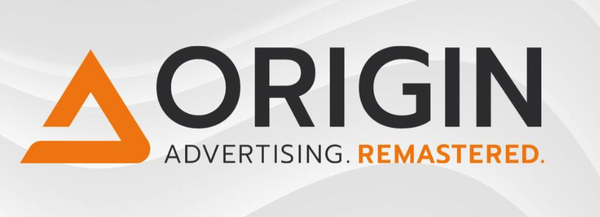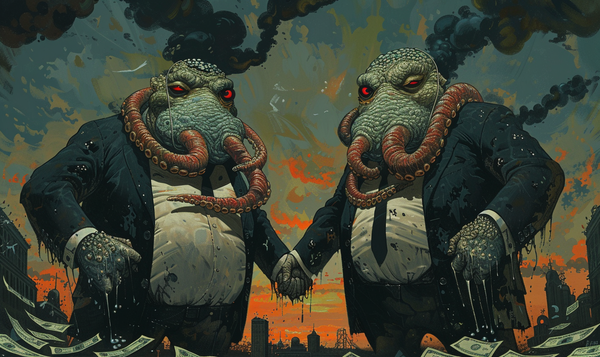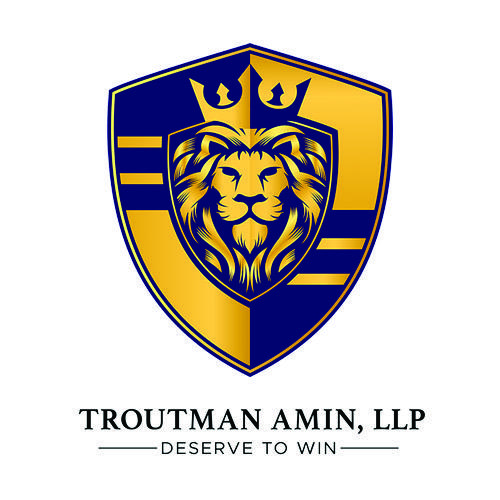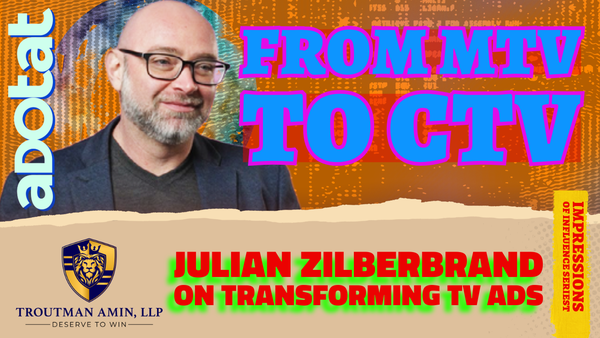In the wild, wacky world of digital marketing, where sleaze meets sophistication, two of the grimiest players just decided to shack up. Outbrain and Teads, the reigning monarchs of cringe-worthy ads, are merging in a deal that’s making waves – and not the good kind.
This merger is akin to mixing oil and water, but somehow, these two have found a way to make it stick.
Outbrain, infamous for its clickbait content recommendations, and Teads, the purveyor of intrusive video ads, have signed on the dotted line in a deal that has the industry buzzing – and not in a good way.
Here’s the juicy scoop: Outbrain, the mastermind behind those eye-roll-inducing clickbait ads that clutter your favorite websites, and Teads, the grandmasters behind those autoplay video ads that interrupt your reading, are combining
forces. The deal kicks off with a hefty $725 million upfront payment, followed by a $25 million deferred payment. Altice, the European telco that dropped $305 million on Teads in 2017, will get 35 million Outbrain shares, valued at around $169 million. Throw in $105 million in convertible preferred equity, and you’ve got a cocktail potent enough to knock out a digital heavyweight. This merger is more than just a financial transaction; it's a strategic move that could reshape the landscape of
digital advertising, for better or worse.
Outbrain plans to finance this fiasco with its existing cash and a whopping $750 million in committed debt from financial bigwigs like Goldman Sachs, Jefferies Finance, and Mizuho Bank. Imagine signing that IOU with a straight face – it’s like asking for a loan to buy beachfront property on Mars. This kind of financing shows the high stakes involved in this merger and the significant
risks both companies are willing to take. The reliance on heavy debt financing indicates that Outbrain is betting big on the future profitability of this merger, but whether this gamble will pay off remains to be seen.
Why should we care about this unholy alliance? These companies are the undisputed kings of chumboxes – those tantalizing, often ridiculous ad boxes at the bottom of articles asking if CBD is good for your pet or
promising to reveal “one weird trick” doctors hate. They’re everywhere because they make bank. Big-name publishers like Vox, Bloomberg, CNN, and The Washington Post use them because, well, cash is king, and these ads are the digital equivalent of a gold mine. The sheer ubiquity of these ads underscores their profitability, despite their often questionable quality and user experience.
"This is clearly working, somehow,” said Eric Hadley, former marketing chief at
Outbrain, to The New York Times. You might laugh, but those cringe-worthy ads get clicks. And clicks mean money – lots of it. Despite the eye-rolling and groans from users, these ads are undeniably effective at driving traffic and generating revenue. This effectiveness has made Outbrain and similar platforms indispensable to publishers looking to monetize their content.
But let’s not kid ourselves – these companies aren’t
winning any popularity contests. As one industry exec so colorfully put it, Teads is the ultimate turd-polishing master. Imagine if their sales pitch was brutally honest: "Our research found 99.9% of internet users absolutely despise outstream ads." "Less than 5% of the videos we serve are unmuted." "Our ads have a 70% conversion rate for ad-block installs." This kind of honesty would be refreshing but also devastating for their business model, which relies heavily on dressing up low-quality
content as something more palatable.
Outbrain and its ilk, like Taboola and Revcontent, are often lambasted for letting low-quality, scammy ads run wild. Users frequently encounter clickbait headlines and misleading content designed to lure them into clicking on ads that lead to shady websites or dubious products. It’s a digital trapdoor, and once you fall in, good luck finding your way out. This practice is driven by a revenue model that profits from the number of
clicks generated, often at the expense of user experience and trust.
Outbrain ads are notorious for potentially spreading malware and adware. Users have reported clicking on an ad only to find themselves knee-deep in unwanted software or redirected to malicious sites. It’s like stepping into quicksand with neon signs that say, “Click here for regrets!” The prevalence of these issues has led to numerous complaints and a growing body of advice on how to avoid and
remove Outbrain-related adware, highlighting the ongoing struggle between user safety and ad revenue.
The user experience is another sore point. Integrating Outbrain ads on reputable sites like CNN, Fast Company, and The Guardian often disrupts the flow of reading and browsing. Despite their presence on high-authority sites, these ads frequently frustrate and annoy users, turning a leisurely read into a digital minefield. The seamless blending of these ads with
editorial content makes them particularly intrusive, as users may not immediately recognize them as advertisements until they’ve already clicked.
Advertisers using Outbrain have also expressed their woes with the approval process and customer support. The process can be cumbersome, requiring persistent follow-ups, and customer support is often slower than a snail on a salt lick, making campaign management a nightmare. This
operational inefficiency can hinder advertisers’ ability to launch and manage their campaigns effectively, adding another layer of frustration to an already challenging landscape.
Teads isn’t much better. Their flagship inRead format, which slaps video ads right in the middle of your reading, is the epitome of intrusive. These ads autoplay, often on mute, but it’s like having a fly buzz around your ear while you’re trying to read. And let’s not forget the bots –
oh, the bots! Advertisers have noted that Teads’ ad clicks are often inflated by these digital phantoms, making their metrics as trustworthy as a used car salesman’s promises. This reliance on autoplay and bot traffic not only annoys users but also undermines the credibility of their advertising metrics.
Despite working with high-quality publishers and aiming to provide brand-safe environments, the quality of Teads' ads can be questionable. The presence of
clickbait or low-quality content within these ads can tarnish the user experience and reduce trust in the host websites. This disconnect between the quality of the publishers and the ads they display creates a jarring user experience, where the credibility of reputable sites is undermined by the low-quality ads they host.
And then there’s the technical side. Teads emphasizes its commitment to a fraud-free environment through
partnerships with IAS, Moat, and DoubleVerify. However, like all ad tech platforms, it is not entirely immune to issues related to ad fraud and viewability. Advertisers have noted that bots significantly inflate Teads' ad clicks, making their metrics as reliable as a politician’s promises. This ongoing battle against ad fraud highlights the challenges of maintaining integrity and transparency in an industry rife with manipulation and deceit.
So while Outbrain and Teads might be grinning ear to ear, counting their stacks of cash and planning their next moves, the rest of us are left wading through the digital muck they create. This is why people hate our industry. These guys.
Digital advertising might be a necessary evil, but this merger is like adding jet fuel to an already raging dumpster fire. So, hold onto your hats, folks. It’s going to be a wild ride in the chaotic carnival of online
advertising. This merger represents a significant shift in the digital ad landscape, one that promises to amplify both the reach and the annoyance of these already pervasive ad formats.
















